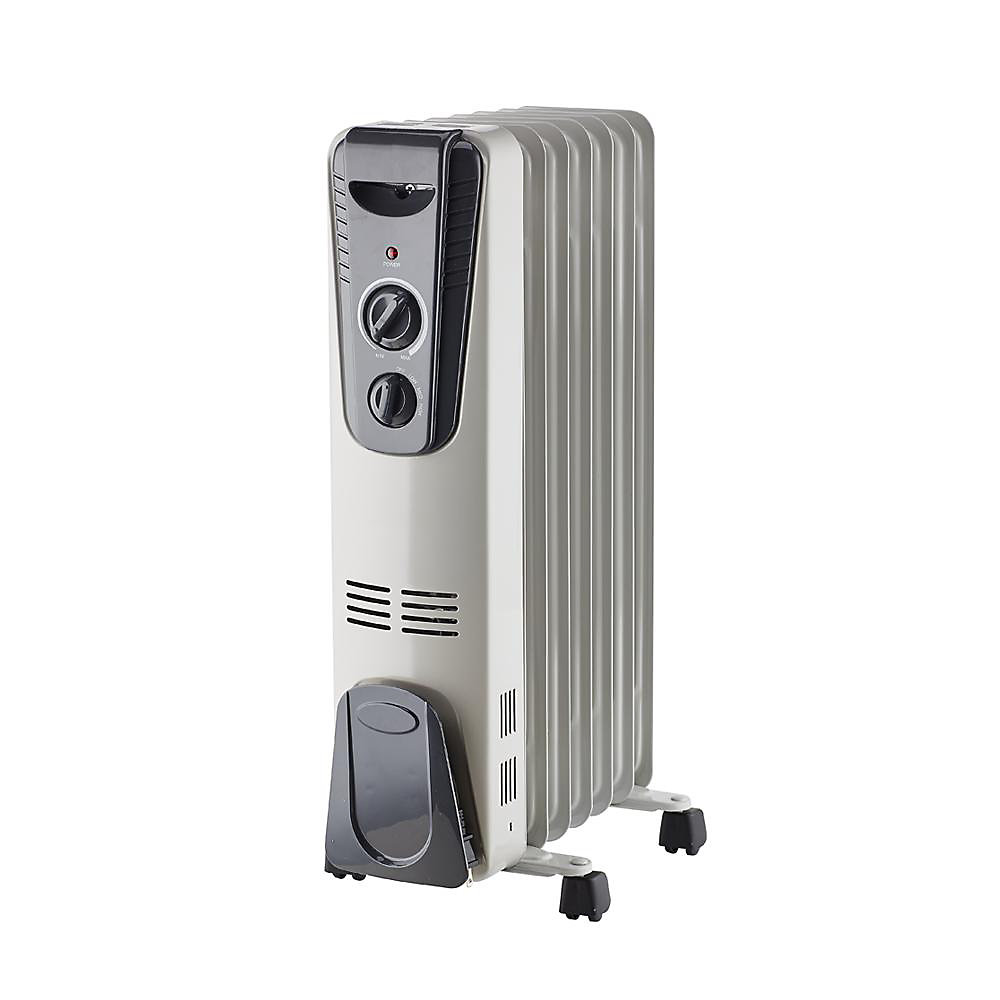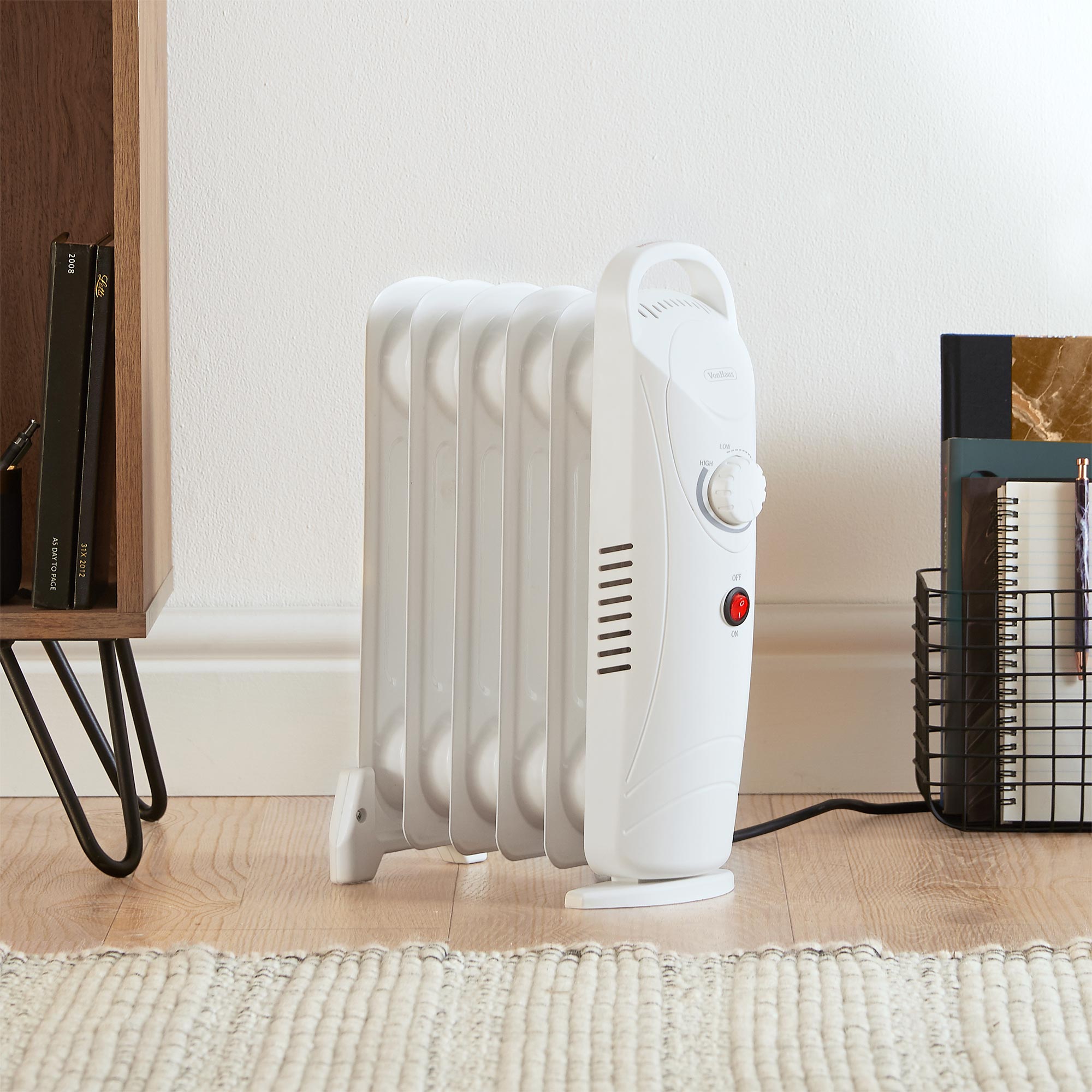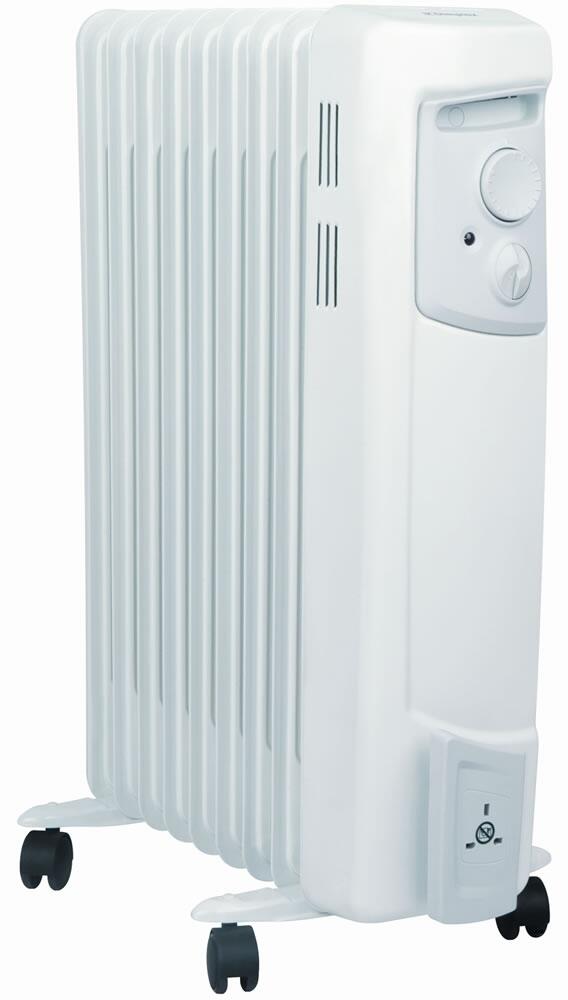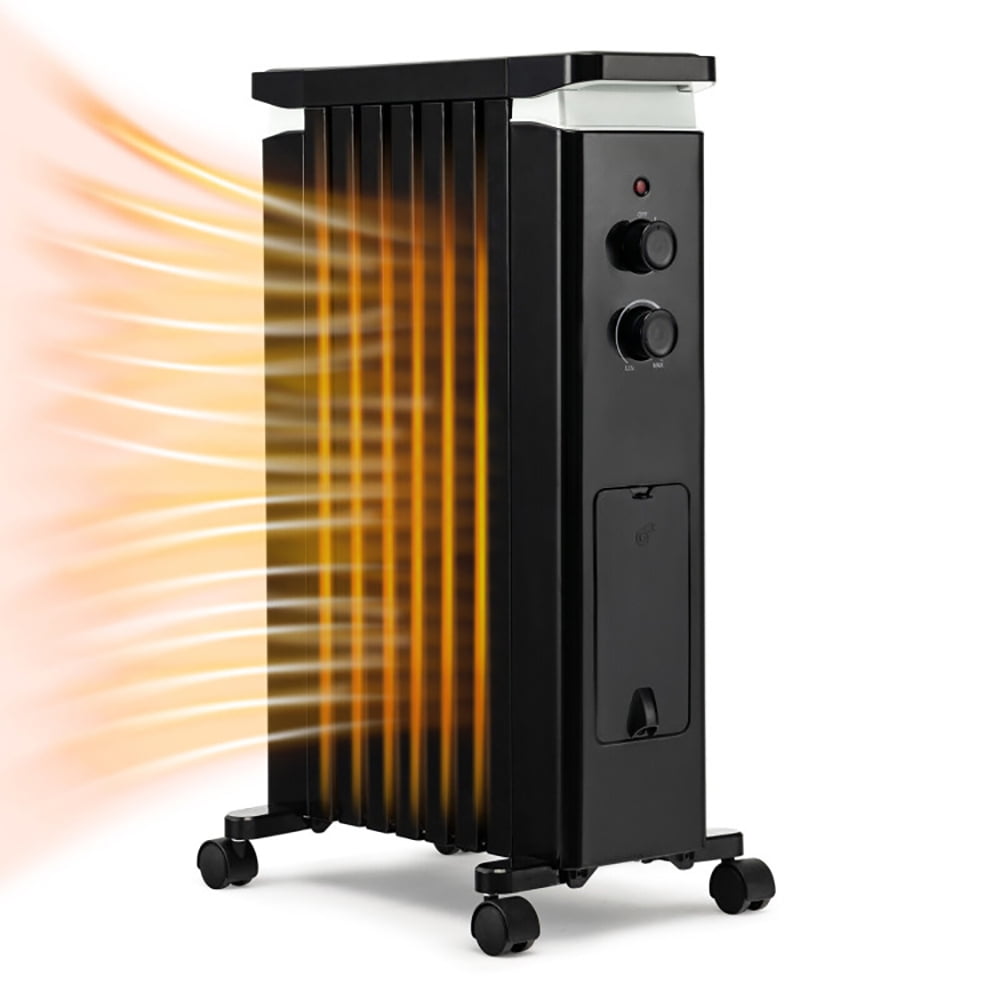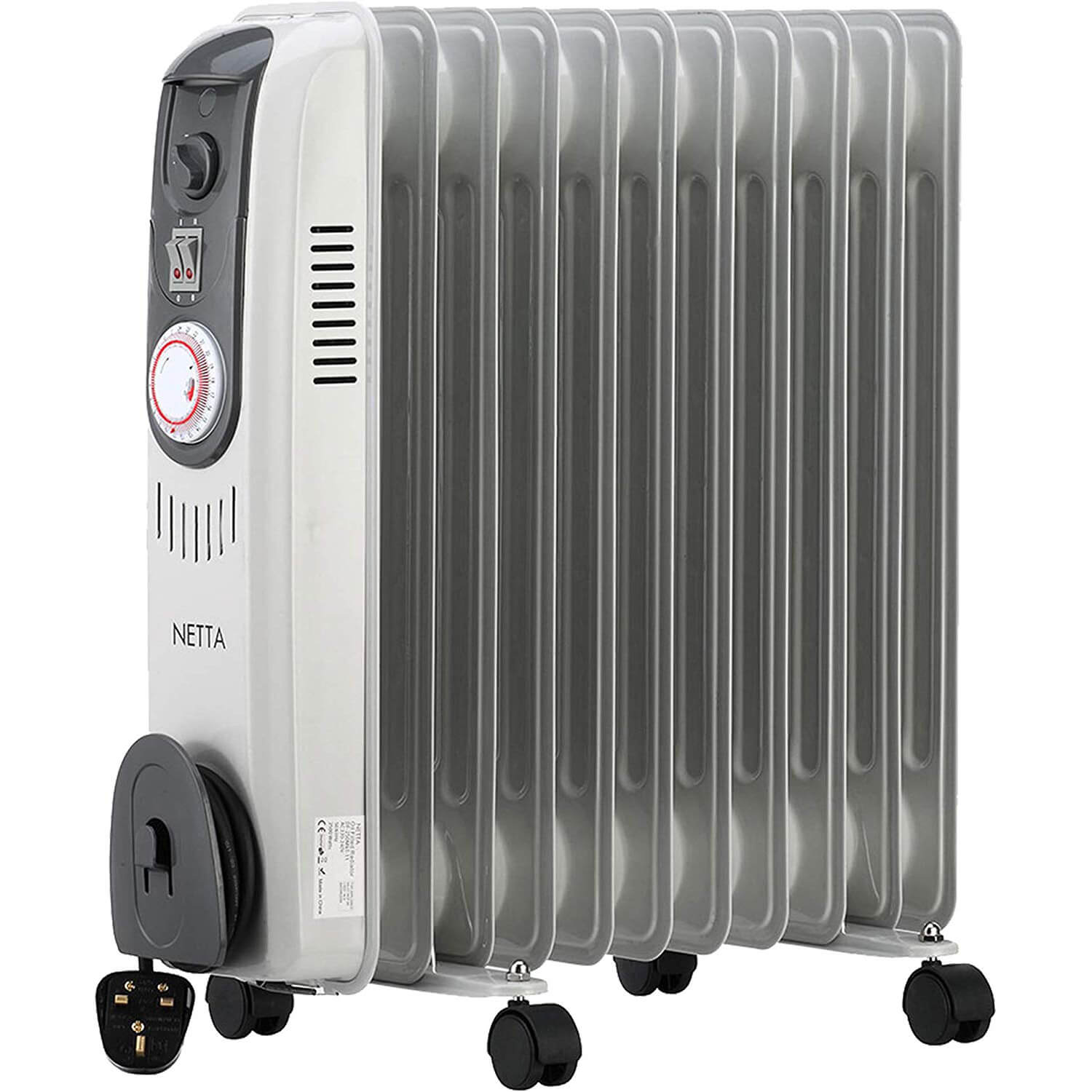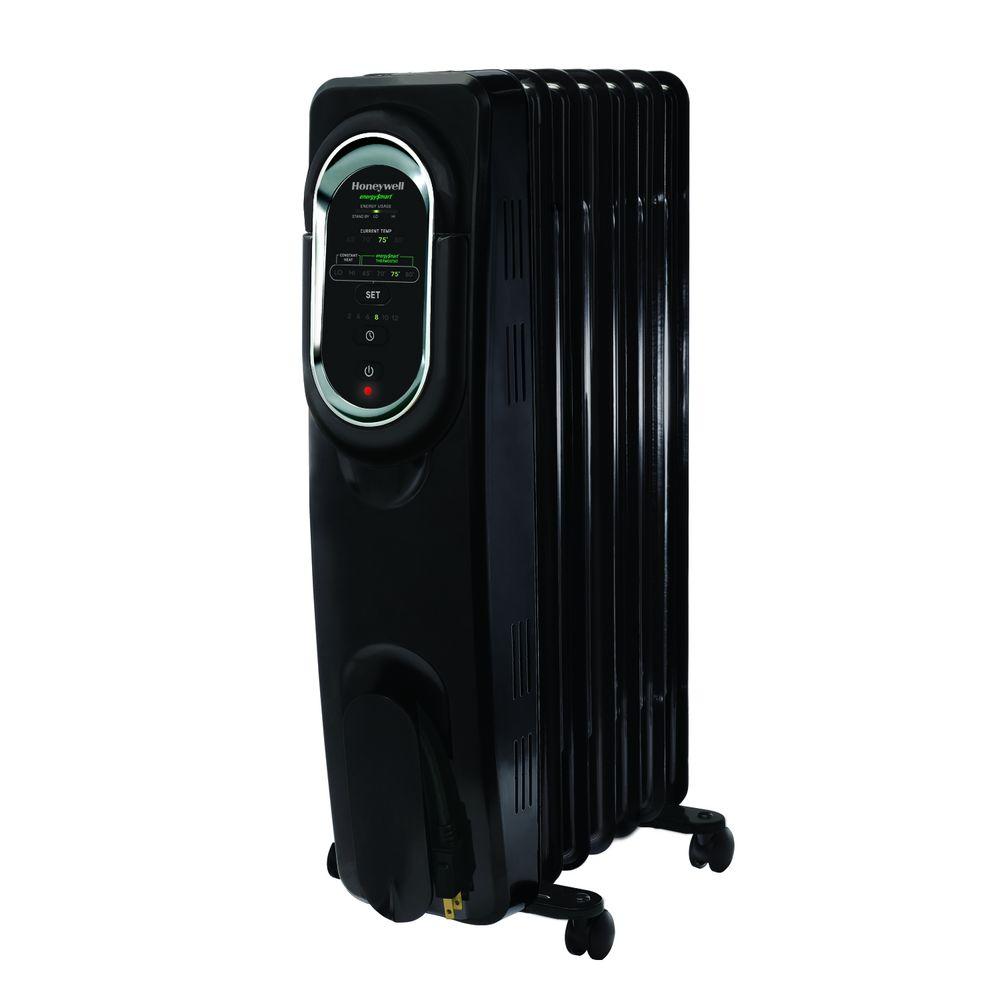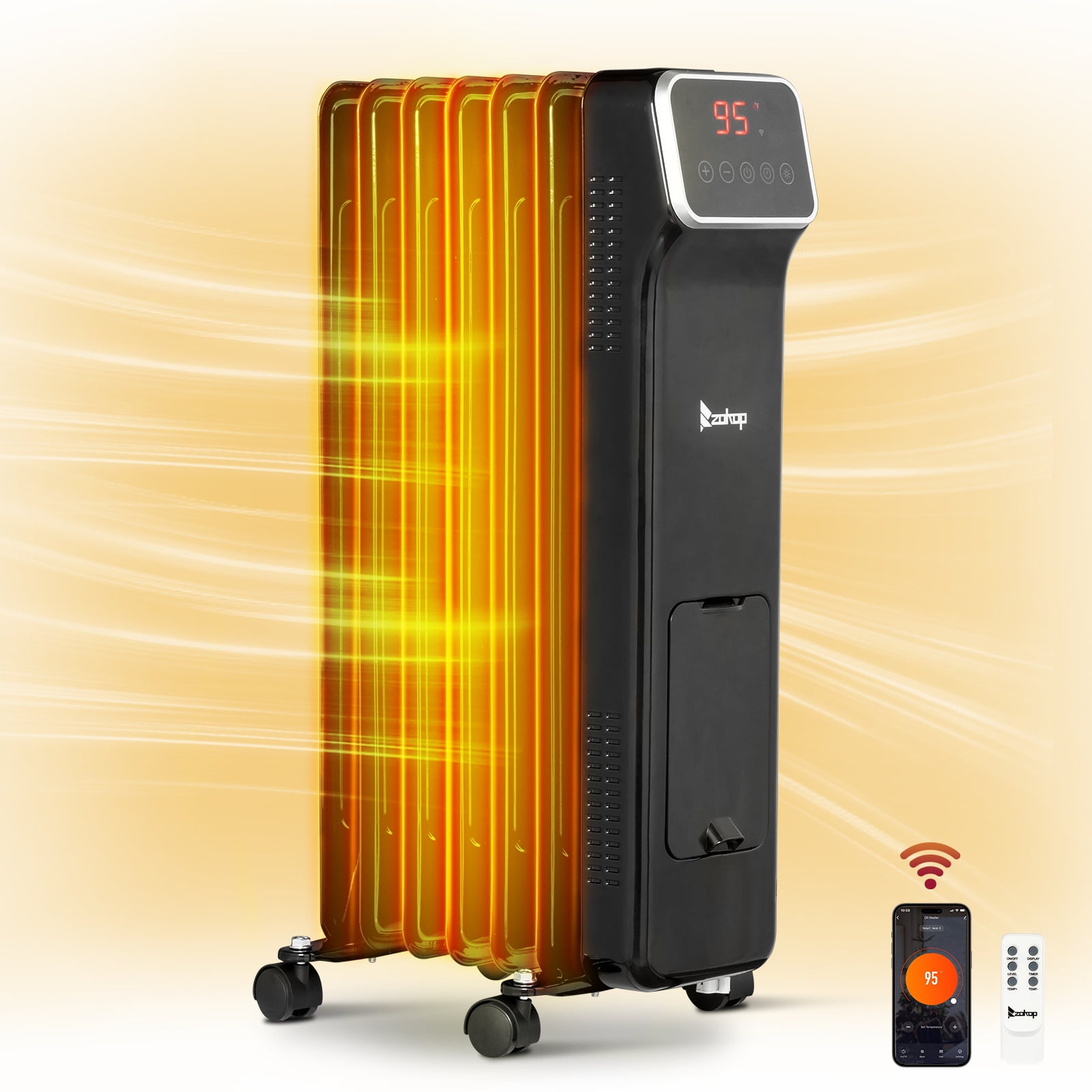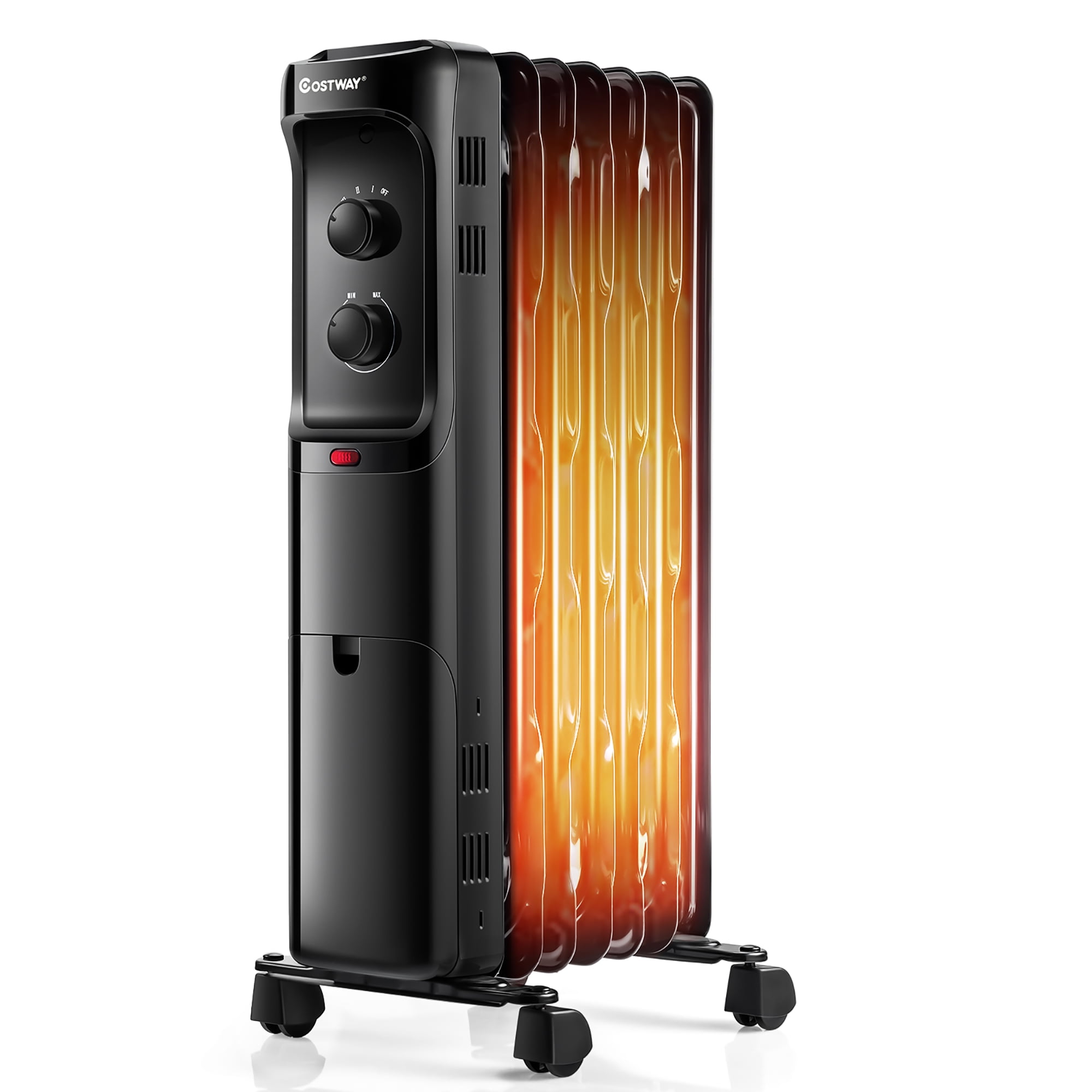Portable Oil Filled Radiator Heater

As winter temperatures plummet, portable oil-filled radiator heaters are experiencing a surge in popularity as a supplemental heating source for homes and offices. Consumers are seeking energy-efficient and cost-effective ways to stay warm, leading to increased demand and heightened scrutiny of these devices. The heaters are being evaluated for their safety, efficiency, and overall impact on energy consumption.
The oil-filled radiator heater, a self-contained unit filled with diathermic oil, heats the surrounding air through convection and radiation. It’s designed to provide a consistent and steady warmth, often perceived as more comfortable than the rapid, sometimes uneven heat of forced-air heaters. This increased use highlights the broader trend of consumers seeking personalized climate control solutions in the face of rising energy costs.
Key Features and Functionality
These heaters typically consist of metal fins surrounding an oil reservoir, with an electric heating element submerged within the oil. The element heats the oil, which then radiates heat from the fins into the room. Most models include adjustable thermostats, multiple heat settings, and safety features like overheat protection and tip-over switches.
Manufacturers, such as DeLonghi, Honeywell, and Pelonis, offer a wide range of models with varying sizes, wattages (typically ranging from 700W to 1500W), and additional features like digital displays, timers, and remote controls. Price points generally vary from $50 to $150 depending on the brand, features, and size.
Safety Considerations
While generally considered safe, oil-filled radiator heaters are not without risks. According to the Consumer Product Safety Commission (CPSC), it's important to keep flammable materials at least three feet away from the heater. They should only be placed on a level, stable surface.
The CPSC advises consumers to regularly inspect the heater's cord and plug for damage. Always plug the heater directly into a wall outlet, and avoid using extension cords or power strips, which can overload and create a fire hazard.
Energy Efficiency and Cost
Oil-filled radiator heaters are often touted for their energy efficiency due to their ability to retain heat and radiate it gradually. Once the oil is heated, the heater requires less energy to maintain a consistent temperature compared to some other types of electric heaters.
However, the initial heating process can be relatively slow, and the overall cost-effectiveness depends on factors such as room size, insulation, and electricity rates. The U.S. Department of Energy (DOE) recommends considering the heater's wattage and estimated operating cost before making a purchase.
Impact on Consumers and the Environment
The popularity of these heaters reflects a growing awareness of energy conservation and a desire to reduce reliance on central heating systems. By using a portable heater to warm a specific room, consumers can potentially lower their overall energy bills.
However, increased electricity consumption, even from purportedly energy-efficient devices, can still contribute to carbon emissions, especially in regions where electricity is generated from fossil fuels. Consumers should consider the environmental impact and explore alternative heating solutions or renewable energy sources when possible.
The long-term durability and recyclability of oil-filled radiator heaters are also areas of concern. While these heaters are generally built to last, the disposal of the oil and metal components requires proper handling to minimize environmental impact. Responsible recycling programs are essential to address this issue.
Market Trends and Future Outlook
The market for portable heaters, including oil-filled radiator models, is expected to continue to grow in the coming years, driven by factors such as rising energy costs and increasing demand for supplemental heating. Manufacturers are constantly innovating to improve energy efficiency, safety features, and overall performance.
Smart heater technology, including Wi-Fi connectivity and smartphone integration, is also gaining traction, allowing consumers to remotely control and monitor their heating systems. These advancements aim to provide greater convenience and energy savings.
The oil-filled radiator heater remains a viable option for consumers seeking supplemental heating, particularly for smaller spaces. However, it's critical to prioritize safety, understand energy consumption, and consider the environmental impact before making a purchase. Informed choices, coupled with responsible usage, are essential to maximizing the benefits and minimizing the risks associated with these devices.
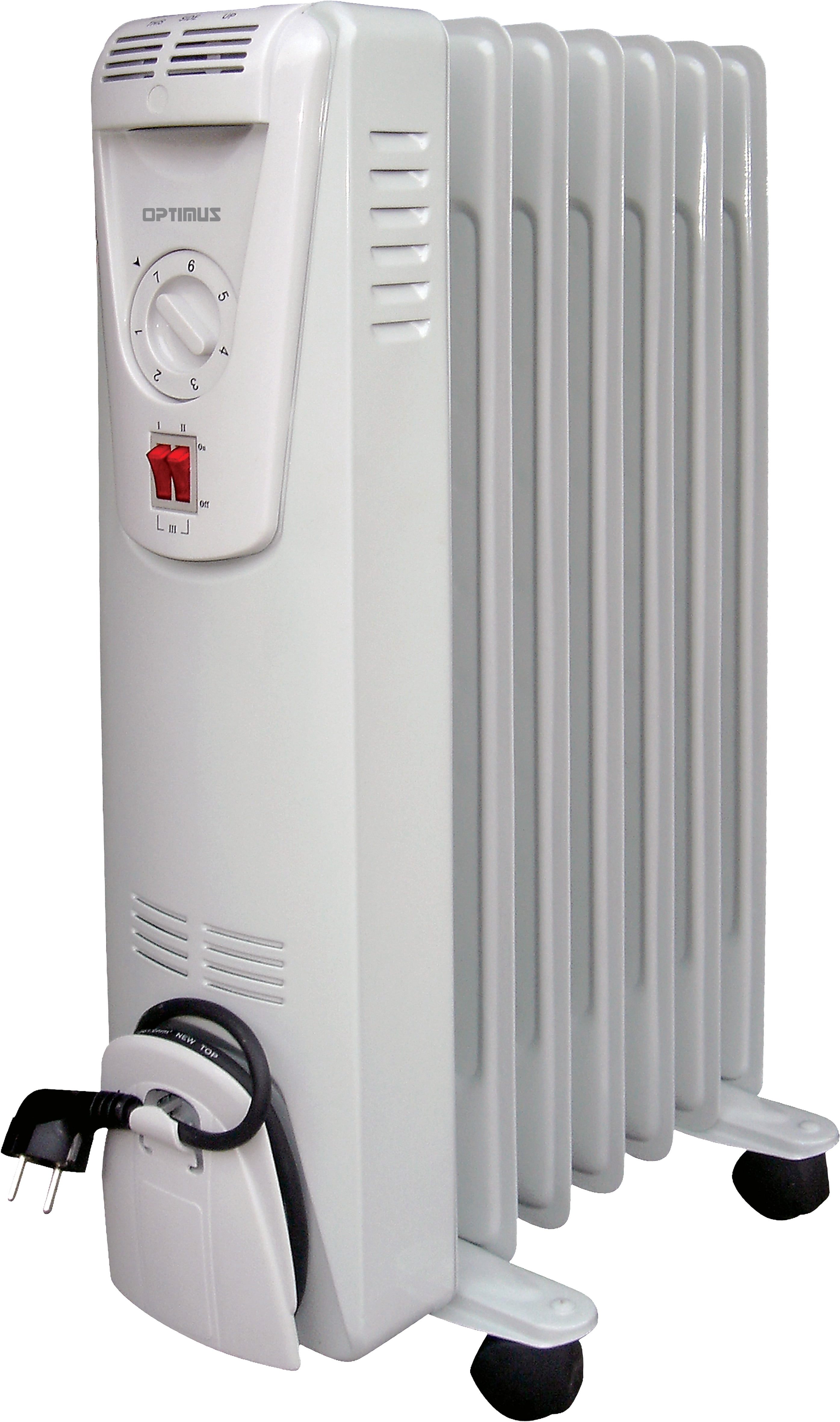
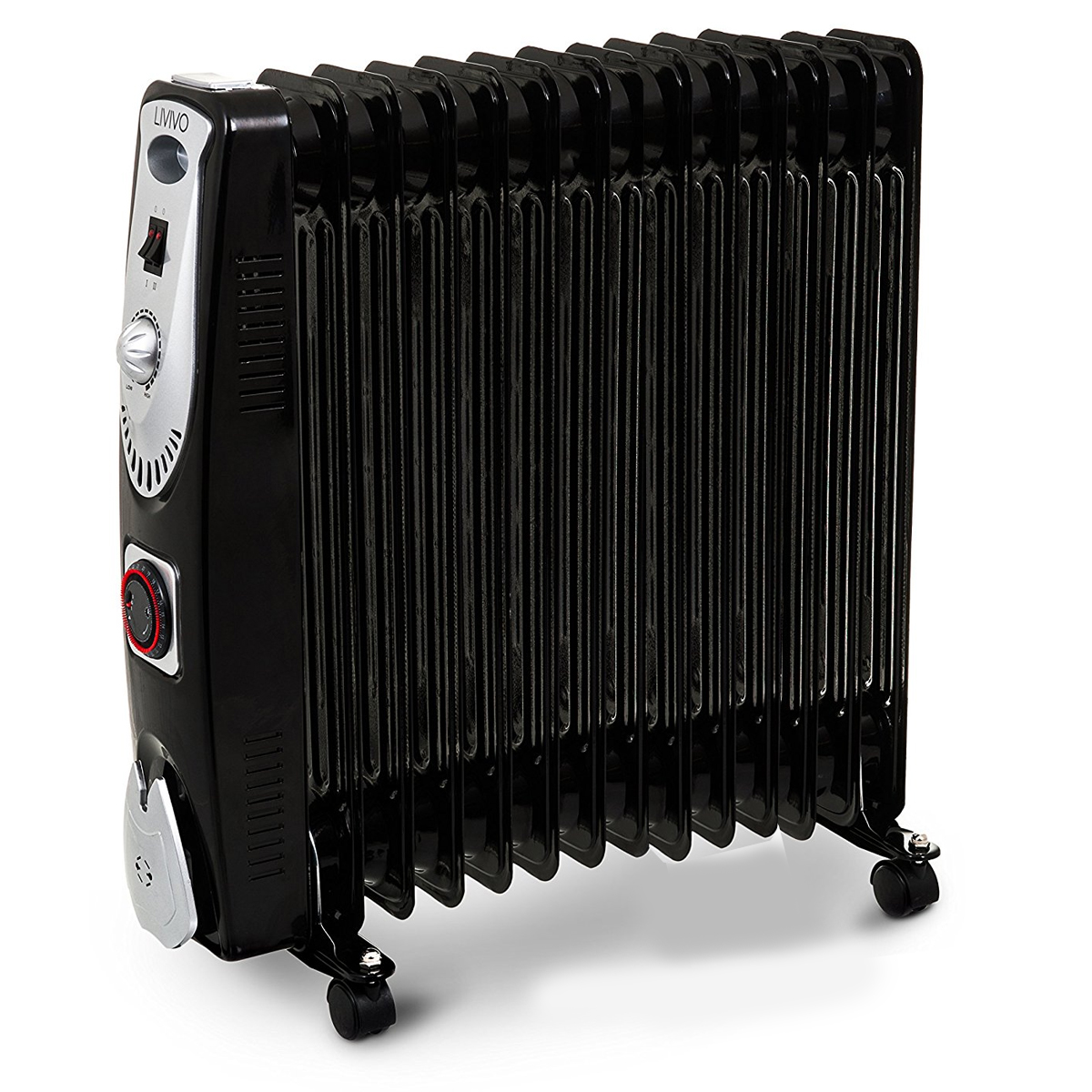


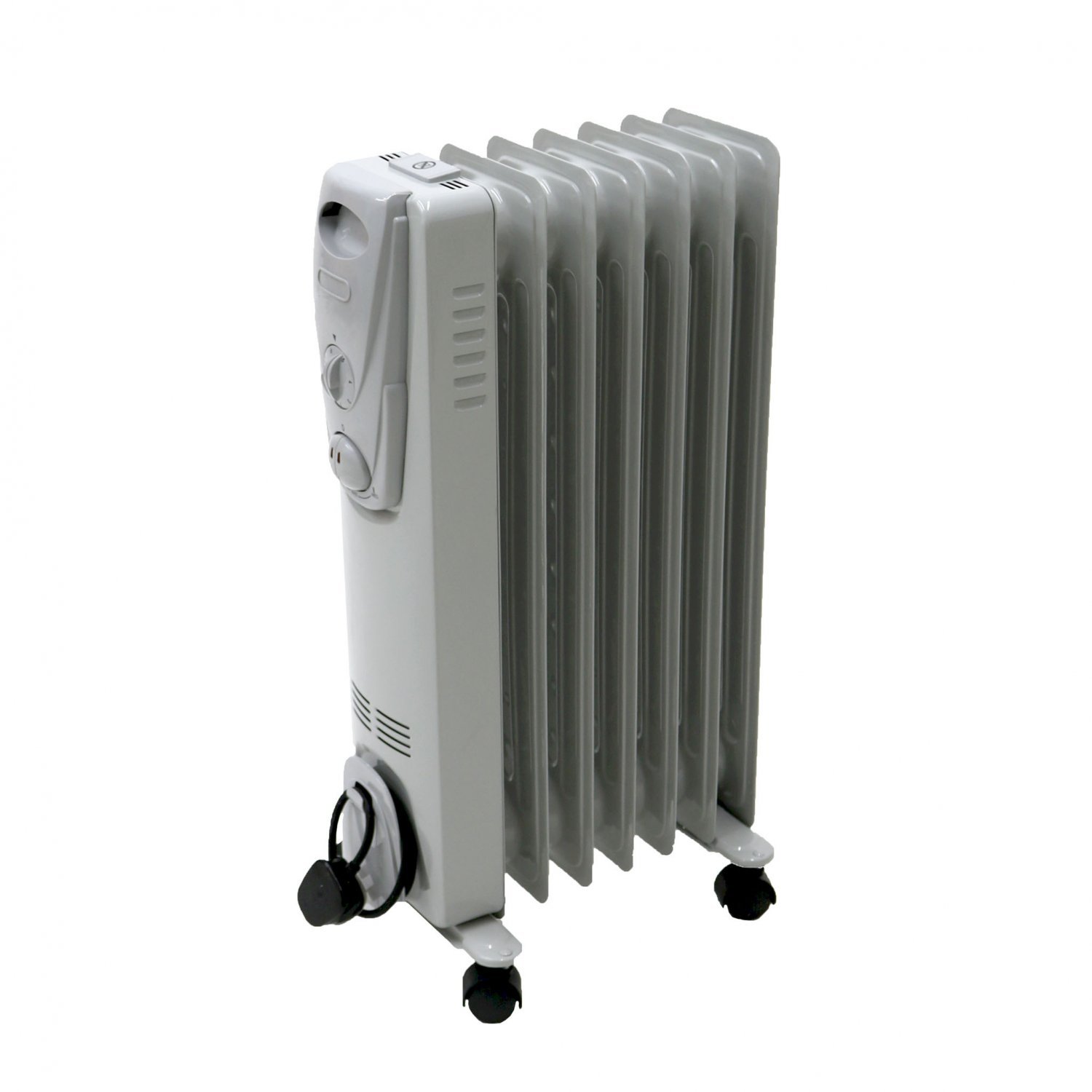
![Portable Oil Filled Radiator Heater Best Portable Oil Filled Radiators – Reviews [2019 – 2020]](https://images-na.ssl-images-amazon.com/images/I/61xJllSjTfL._SL1500_.jpg)
